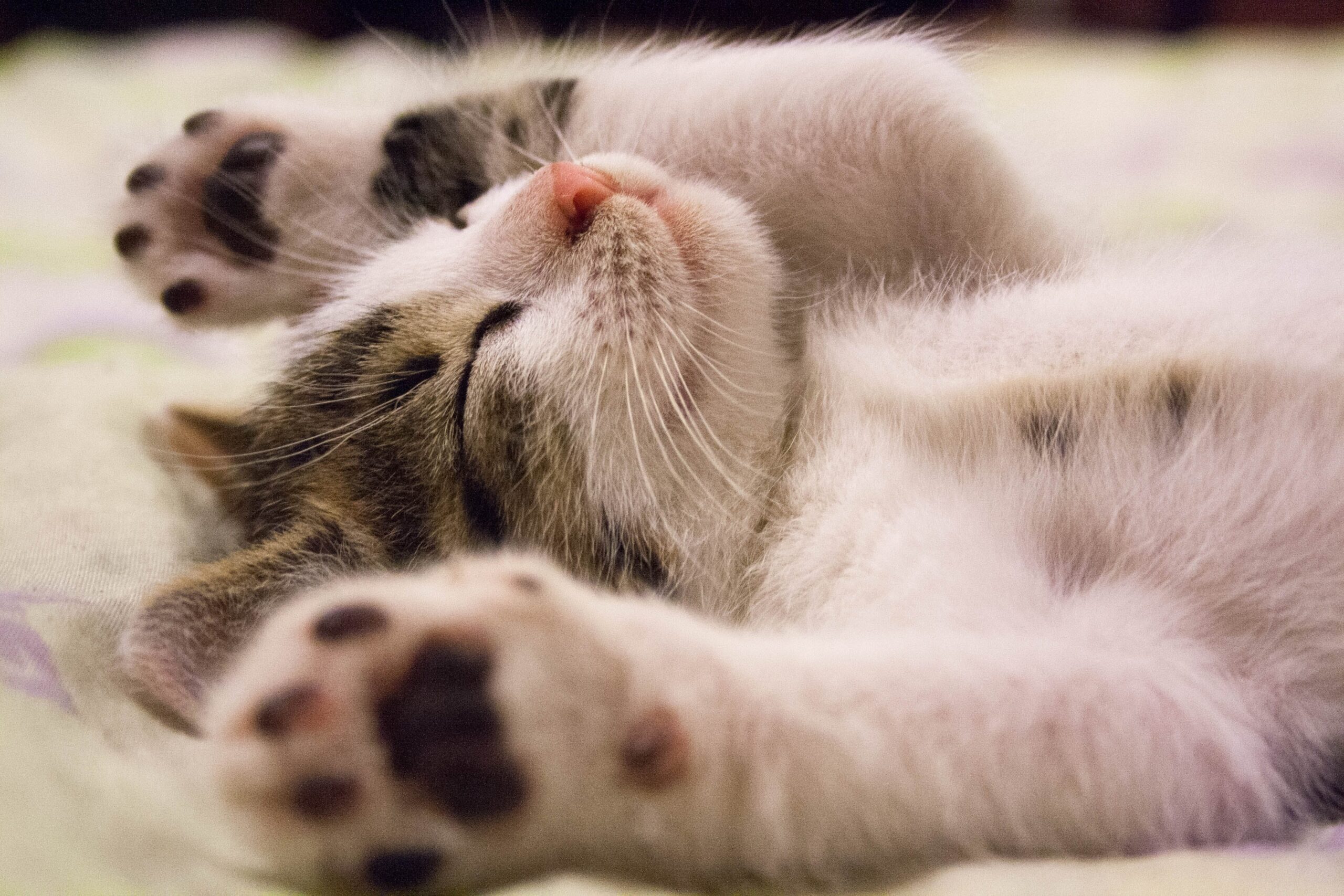
Cat Parvovirus (Feline panleukopenia virus, Feline Distemper): Signs, symptoms, Treatment, Care
Feline distemper, sometimes called the feline panleukopenia virus, is a highly contagious and potentially fatal viral illness that affects cats. It mostly affects kittens and unvaccinated cats, and if left untreated, it can be deadly. It shares a close relationship with the canine parvovirus, which is sometimes misidentified as the canine distemper virus.
Transfer of cat parvo virus
Whatever name you give it, though, it is an extremely infectious illness that affects cats and is present almost everywhere in the environment. But cats living in places like kennels, animal shelters, pet shops, and feral cat groups are more likely to get infected with the virus. Virus can remain viable in the environment where it was released or can be spread by paws, bedding, bowls, litter boxes, shoes, and other surfaces.
How virus compromise the immune system?
The cat panleukopenia virus attacks and destroys the body’s rapidly proliferating and dividing cells known as white blood cells, including those found in the skin, intestines, bone marrow, and developing fetus. All white blood cell formation in the bone marrow is inhibited by the virus. These cells help the immune system combat illness and are essential to it. The cat is more likely to spread the illness without them.
Because of improvements in veterinary care and more potent immunizations, feline distemper-related fatalities have declined over time. It’s essential to vaccinate your cat since this illness was previously a major cause of feline mortality and its consequences are still catastrophic to unprotected cats.
The amount of viral particles that enter the body depends on the immune system of the individual cat. The virus enters the body through the mouth or nose. Within two to seven days of the cat coming into touch with the virus, the virus often spreads to the intestines and bone marrow.
Signs and symptoms
Symptoms of feline distemper can range from mild to severe and may include the following:
- High Temperature
- Dullness
- Depression
- Vomiting
- Diarrhea
- Painful abdomen (when touched)
- Dehydrated skin
- Pale gums
- Weight loss
- Rough hair coat
Diagnosis of Feline Distemper
Your cat will get a blood test to find out which sorts of white blood cells exist in their system. A feline distemper infection may be indicated by a decrease in white blood cells.
Additional diagnostic examinations might consist of:
IDEXX Snap Exam
Necropsy
Serum biochemistry
How Veterinarian can differentiate it with other diseases?
Feline panleukopenia can mimic a number of other illnesses, including feline immunodeficiency virus and feline leukemia. Feline panleukopenia is suspected in any kitten exhibiting symptoms of fever, vomiting, diarrhea, sadness, and reduced appetite. In particular, if your cat was recently acquired, has spent a lot of time outside, is not vaccinated, or has been around other cats, a comprehensive medical history may be useful in the diagnosing process.
Blood tests will probably be performed by your veterinarian to aid in the diagnosis. When a cat’s exposure history is linked to extremely low white blood cell counts and perhaps low red blood cell counts (anemia), feline panleukopenia is considered.
Testing for feline panleukopenia virus in the stool is possible, but it frequently yields a false-positive result if the cat had the vaccination five to twelve days earlier. To assist confirm suspicions of feline panleukopenia, further tests such as PCR, antibody levels, and viral isolation (a test to identify the virus in various tissue samples) are available.
Treatment
For feline panleukopenia, there is no particular therapy available. Prescription drugs are used to treat clinical indications of vomiting and diarrhea, while vigorous intravenous fluid treatment is used to address dehydration.
When white blood cell counts are low, antibiotic medication is frequently started to help manage any subsequent bacterial infections. Antibiotics, however, are not used to treat or eradicate the virus itself. Aggressive therapy and nursing care, including anticoagulant medications and plasma/blood transfusions, are required for the resuscitation of kittens and cats who appear to be in shock or who have serious infections.
Cats with feline panleukopenia that undergo intensive therapy and respond well to it during the initial stages of the illness typically have a fair chance of making a full recovery. Most infected kittens that are born during the first and third trimesters of pregnancy usually do not make it. Infected individuals in the latter stages of pregnancy typically experience cerebellar hypoplasia, although depending on the severity of the neurological symptoms, they may live happy, normal lives with normal survival rates.
Cats with low protein levels, low body temperatures, thin bodies, and/or significantly low white blood cell counts on bloodwork have a worse prognosis. The prognosis for these very sick cats is not good; they will usually die in 12 to 24 hours. Cats that recover from feline panleukopenia often experience minimal long-term organ damage and acquire a lifetime immunity to the virus.
Vaccination Shedule
Fortunately, there is a vaccine against the feline panleukopenia virus, and it is included in the main cat vaccination series. Although it is still advised to provide this vaccination in conjunction with other essential shots, cats can frequently receive lifetime protection with just one dose due to its high effectiveness.
The majority of vaccination regimens suggest giving a cat at least two doses spaced two to four weeks apart, with the final dose administered when the cat is between 14 and 16 weeks old. Typically, your cat’s lifestyle and the guidelines established by your veterinarian will determine how often this immunization has to be given every one to three years. Consult your veterinarian about vaccinations for further information and suggestions.
Prevention
As feline panleukopenia is resilient and can persist in the contaminated surroundings for an extended period, it is advisable to replace or fully sterilize all cage components, including food and water bowls, toys, and bedding. Hand cleaning with soap and water after touching an infected cat reduces the spread of the virus to other cats, as it may survive on human hands and clothing.
Unvaccinated cats shouldn’t be kept in an area where a cat with suspected feline panleukopenia frequently hangs around in order to protect their safety.



